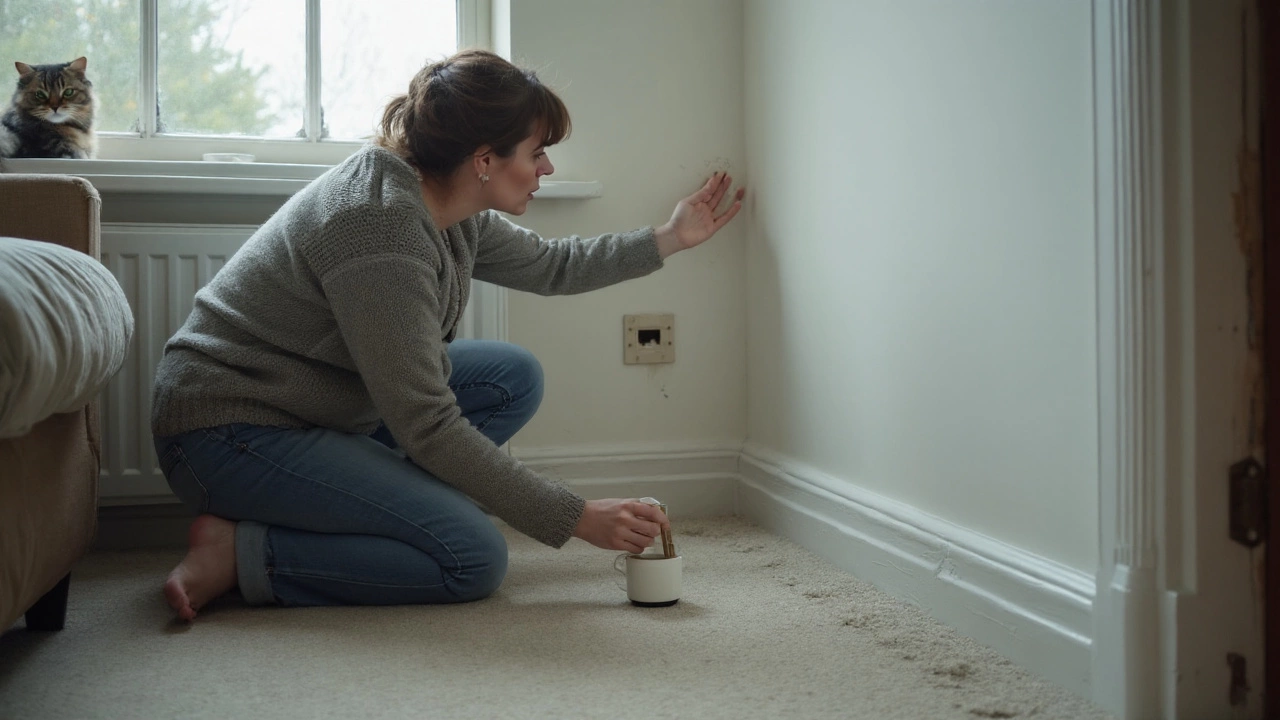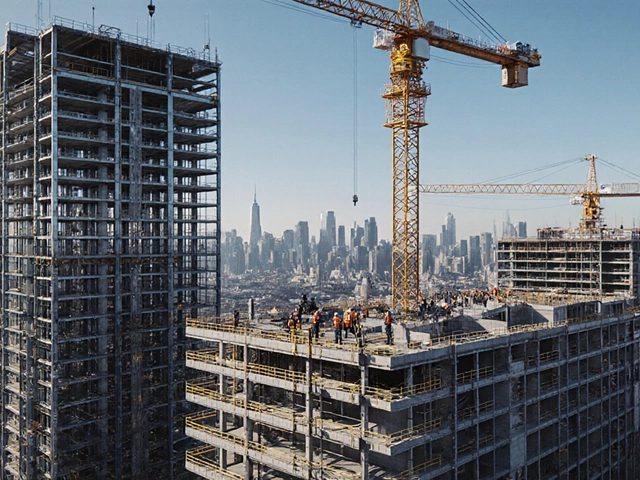Unfixable Foundation? How to Spot a Problem That Can’t Be Fixed and What to Do Next
Foundational trouble can feel like an endless nightmare, especially when you hear the word “unfixable.” Before you panic, let’s break down what actually makes a foundation beyond repair and what choices you have when you’re stuck.
Signs the Foundation Is Beyond Repair
Not every crack or settling issue calls for a massive dig. However, a few red flags usually mean the damage is too severe for typical fixes:
- Large vertical cracks that run from floor to ceiling – they often signal a shift in the soil that can’t be stopped with epoxy or braces.
- Severe bowing or tilting of walls – if a wall leans more than a few centimeters, the supporting footings have likely moved beyond a safe range.
- Continuous water infiltration despite waterproofing – persistent moisture can erode the soil and undermine the footings, making any surface repair temporary.
- Foundation movement after a major event such as an earthquake or landslip – rapid, uneven movement often means the ground itself is unstable.
- Repeated repair failures – if you’ve patched cracks three times and they keep reopening, the underlying issue probably isn’t being addressed.
When these signs show up, it’s time to call a professional for a thorough assessment. DIY fixes like sealing hairline cracks or re‑grading the yard won’t stop a truly unfixable situation.
Your Options When Repair Isn’t Viable
Facing an unfixable foundation feels like hitting a wall, but you still have paths forward:
- Structural reinforcement – Adding steel piers or micro‑piles can sometimes stabilize a sinking footings system, even if the original foundation can’t be saved.
- Partial demolition and rebuild – In extreme cases, removing the compromised section and constructing a new footing is the safest route.
- Relocation – If the soil is permanently unstable (think expansive clay or frequent landslips), moving the house to a better site may be more cost‑effective than endless repairs.
- Insurance claim – Review your policy; some cover sudden foundation failure due to natural events, which can offset the high costs of reconstruction.
Each option has its own timeline, budget, and impact on your property value. Talk to a qualified structural engineer early on – they can run soil tests, calculate load‑bearing capacity, and give you a clear picture of what’s realistic.
In the meantime, protect what you can. Improve drainage around the house, keep gutters clean, and avoid heavy landscaping near the foundation. These steps won’t fix a broken footings system, but they’ll stop additional water damage while you decide on the next move.
Bottom line: not every foundation issue is a death sentence for your home, but recognizing an unfixable scenario early can save you time, money, and stress. Keep an eye on the warning signs, get a professional opinion fast, and explore reinforcement, rebuild, or relocation based on expert advice. With the right plan, you can turn a scary foundation problem into a manageable project rather than a hopeless situation.
Can a Foundation Be Unfixable? Signs, Costs, and When to Replace vs Repair

Worried your foundation might be beyond repair? Learn the signs, costs, and decision rules to know when repairs work-and when replacement is the smarter move.
read more



